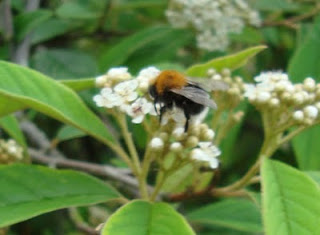Experimental heart
By Jennifer L. Rohn
Cold Spring Harbor Laboratory Press 2009
Jennifer Rohn is famous for promoting the idea that we need more fiction with realistic scientists in leading roles, via her website lablit.com, and other outlets including Nature. In an effort to practice what she preaches, she has written a couple of “lablit” novels herself, of which Experimental heart is the debut effort.
As the “lablit” label suggests, the lab, located in an academic research centre in London, and the science conducted there (and in a small biotech company next door) play very important parts in the novel. It’s not just that the ambitions of a slightly mad scientist drive the plot, the scientific agenda also shapes the encounters of the characters, and science metaphors colour their speech and indeed the voice of the narrator.
I was wondering in the beginning why the author has chosen to slip into the skin of a male narrator, post-doc Andy O’Hara, but it soon becomes clear that he is the central atom entirely surrounded by a coordination sphere of intriguing females, including five scientists and his mother. I’m beginning to suspect that the name of the local pub where some of the events unfold, King Henry VIII., may have something to do with this bouquet of six women.
Not surprisingly, hard-working Andy is quite confused by the various attractive forces acting in this coordination sphere and it takes him 360 pages to figure it out and get all the bond lengths and angles right. In comparison, the thriller sub-plot with the mad scientist comes relatively easy to him, as he can use scientific methods and straightforward experiments to work out what is going on there.
To me, as someone who has grown up, lived, and worked in the science culture that this story is set in, the whole thing feels completely like home – sometimes even too close for comfort. The lab part aside, the lit part is also very nicely done, written fluently and convincingly, though not letting the style get in the way of the science.
Whether it works equally well for people who have never heard of Taq polymerase or transcription factors is another matter, and I wouldn’t be able to tell. I would imagine that avid readers of crime novels, who like to exercise their grey matter while reading, may be up to the task of following the science plot, while others may find it too much work. My guess would be that most of the readers who enjoy and finish the novel will be scientists (which is also the case for my books, so no criticism), but hey, if it gives us the feeling that we could be the heroes of fictional (but realistic) adventures, that’s a good thing, too.
I am certainly looking forward to the second novel, due out this autumn.

PS,the single lit window, as shown on the cover, is a recurring motif ...

































